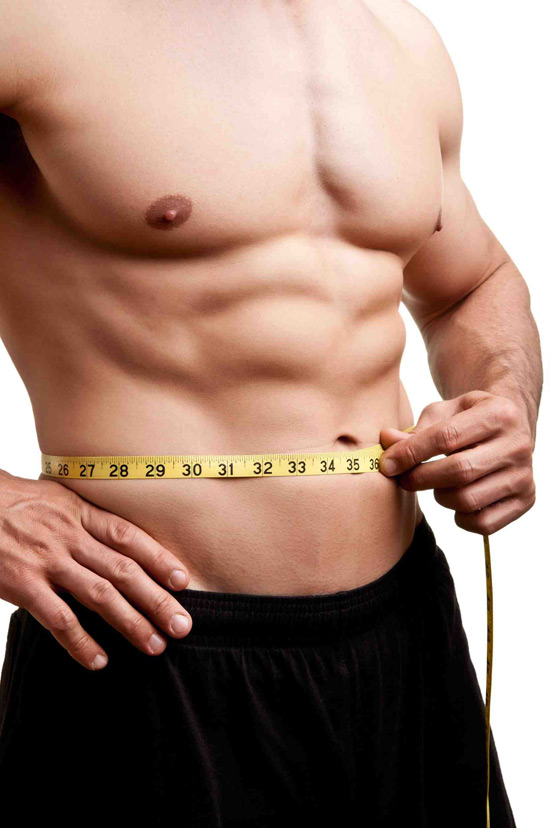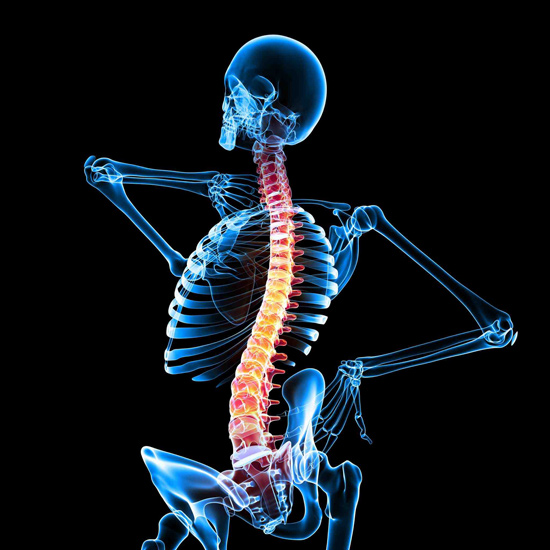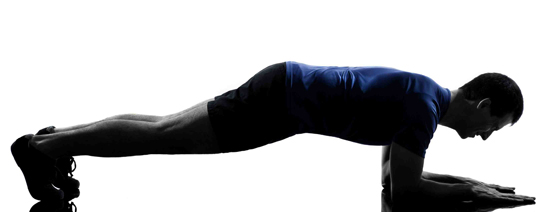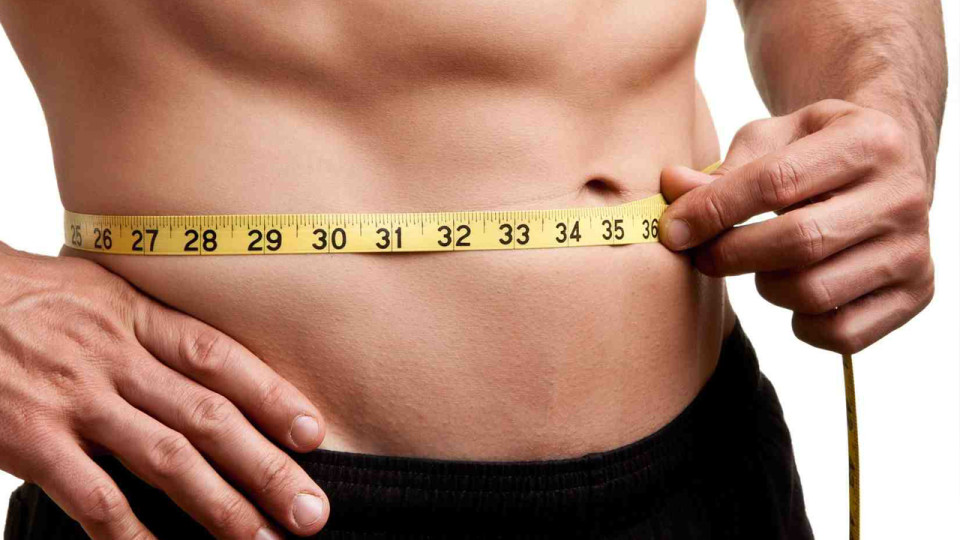When it comes to exercise routines that can benefit anyone and everyone, there are not many exercises as all-encompassing as ones that strengthen your core. Whether you are a world class athlete or a weekend warrior, core strength can help you excel in what you do and reach all of your personal goals in a more effective manner.
What are the core muscles?
The gluteus maximus, medius, minimus, and hamstring muscles: These include all of the muscles running from the back and both sides of your hip down to your knees, along with the upper thigh muscles.
- The hip flexors: These are the muscles that are located in front of your pelvis and upper thigh.
- The transverse abdominis muscles: These are the deepest and lowest abdominal muscles, which are very important for spinal stability.
- The internal and external obliques: These muscles are located on the side of the abdomen. People focus on working these muscles out when targeting what is referred to as “love handles,” the fat deposits on the side of your waistline.
- The multifidus and erector spinae muscles: These are back muscles that are responsible for protecting and operating your spine and neck.
- The rectus abdominis: These are the frontal abdominal muscles that are commonly referred to as the “six pack” when they are toned and visible.

The benefits of having strong core muscles
Some people wrongfully assume that core training is something that will only benefit athletes and people who strive to be in top physical condition, when in fact, core exercises can benefit just about anyone. Light core training can be used by anyone to get rid of everyday maladies such as back pain and poor posture.
Poor posture is something that affects many. It is the leading cause of back pain in everyday life. Athletes that suffer from poor posture, despite a high level of fitness that they might have achieved, are much more prone to injuries than those who have good posture.

Links between weak core muscles and back pain have been confirmed over and over again by fitness and medical professionals. When a person has weak core muscles, they are putting extra strain on the spine, which leads to most lower back problems that people most commonly encounter.
Having strong core muscles as an athlete can improve your performance tenfold. When talking about core muscles for running, a good core can improve your running technique, form and give you a faster burst. The muscles of the core stabilise the spine, pelvis, neck and shoulders, which helps you greatly in transferring power to your arms and legs.
It should be noted that stretching and warming up before performing these exercises are absolutely imperative. Hip and back flexibility is just as important as muscle strength in the effort to prevent injuries. Be sure to stretch your core before and after performing these exercises.
Here are four excellent core muscles exercises that both beginners and fitness experts can implement to improve the strength of their core muscles.
The Modified bicycle
- Lie on your back while holding one leg up in the air. Make sure that your thighs are perpendicular to your body and that your shin is completely parallel to the ground.
- Now put your other leg up and hold it about three inches off the ground for a few seconds and then switch legs.
- Make sure that your lower back is in, not moving during the exercise in order to get the best results.
Muscles you are working out: rectus abdominis, obliques
Planks
- Lie on your stomach and raise up onto your forearms and toes.
- Straighten your body out so that it is in a straight line all the way from your heels to your head, while making sure that your abdominal muscles are contracted.
- Hold this position for as long as you can. Beginners should be able to hold the pose for at least 30 seconds.
- Switch the position to your sides, balancing on one elbow and the outer edge of your foot.
- Hold the position again as long as you can in order to work out your obliques.
Muscles you are working out: erector spinae, rectus abdominis, transverse abdominus

Prone mountain climber
- Assume a prone push-up position. This means that your hands will be directly under your shoulders and your legs should be staggered as if you are about to start a race.
- Bring the back leg forward as you push the front leg back. It is important that you maintaining a stable core and shoulder position while doing this.
- This exercise also provides a great cardio workout. Make sure to perform the exercise as a continuous movement of your legs and do as many reps as you can.
Muscles you are working out: rectus abdominis, gluteus maximus, medius, minimus, hamstrings, hip flexors
The Superman pose
- Lie on your stomach and extend your arms and legs. Imagine you are flying through the sky like Superman to get the position right.
- Lift your right arm and left leg up at the same time and then do the same with your left arm and right leg, alternating between the two.
- You can switch it up by only lifting the arms or legs or by lifting all of your arms and legs at the same time in order to work out the core muscles as thoroughly as possible.
Muscles you are working out: multifidus, erector spinae,rectus abdominis
By following these short exercises, you will find that your coordination and posture will improve, especially in the later parts of a marathon when you may need it most .
If you’re feeling adventurous, you can combine these 4 exercises into a core-strengthening circuit. Simply perform each exercise above for 45 seconds, moving on to the next without stopping. After your complete the circuit, take a 90 second rest. If you go through 4 repetitions of this circuit, you get a great core-strengthening exercise routine that takes only 18 minutes to complete!
There are many more techniques and exercises used to focus on the core. If these appeal to you, feel free to explore other ones in order to strengthen your core and maximize your athletic and physical potential.





